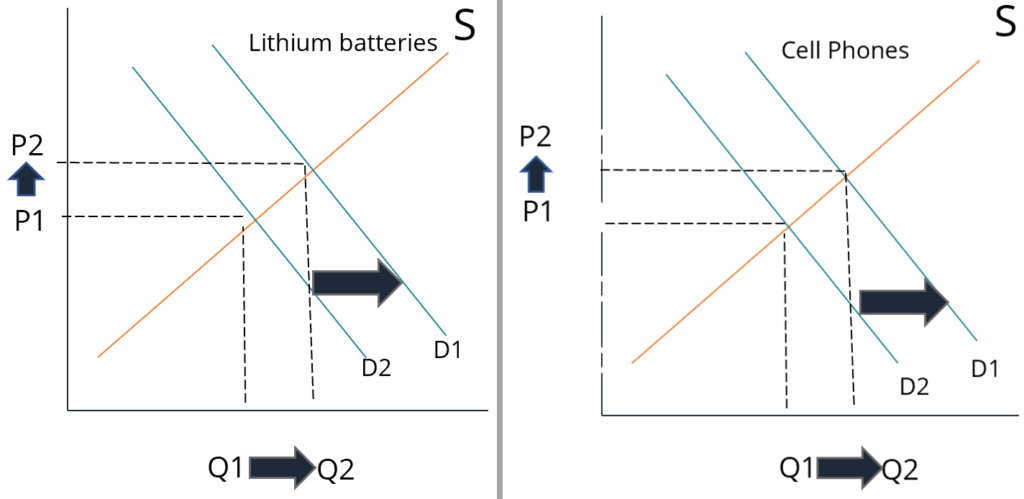Derived Demand
When the demand for a resource or intermediate good is a result of the demand for the final good or service
What is Derived Demand?
In economics, derived demand happens when the demand for a resource or intermediate good is a result of the demand for the final good or service. It was first introduced by Alfred Marshall in 1890 in his book, “Principles of Economics.”
The market price of the derived product can be significantly impacted by the derived demand.

Summary
- Derived demand happens when the demand for a resource or intermediate good is determined by the demand for the final good.
- The chain of derived demand consists of three elements – raw materials, processed materials, and labor; higher demand for the final product will trickle down the chain.
- The two types of derived demands are direct and indirect.
The Chain of Derived Demand
Derived demand comprises three components – raw materials, processed materials, and labor. The three elements are called the chain of derived demand.
1. Raw materials
They are resources that are used in the production of a product. For example, lithium batteries are raw materials for cell phones. The level of demand for lithium batteries is directly related to the level of demand for cell phones (final product).
2. Processed materials
They are products that have been built from assembling raw materials; steel, gas, and paper are examples of processed materials.
3. Labor
Labor consists of the workers who facilitate the production of goods and the provision of services. The demand for labor depends on the demand for the final good or service – there is no demand for labor when there is no demand for the final product. Labor is a component of derived demand.
The chain of derived demand is the flow of raw materials to processed goods to finished products with the help of labor. An increase in the demand for the end goods by the customer will trickle down to the beginning of the chain.
For example, an increase in demand for stainless steel utensils will increase the demand for steel (processed goods), and in turn, increase the demand for iron ore (raw material).
Effect of Derived Demand on the Economy
The chain of derived demand will result in a ripple effect on a local and national level. On the local level, custom two-piece jackets sewn by local tailors will increase the demand of the local market for high-end fashion goods.
On the other hand, higher demand for raw materials will lead to the creation of international trade for those raw materials.
Types of Derived Demand
There are two types of derived demands – direct and indirect.
- Direct derived demand affects raw materials that are used to produce the final good.
- Indirect derived demand is the demand for goods and services that are needed to produce the products in direct demand. For example, energy to power the production of goods.
Derived Demand Curve
The concept of the derived demand curve can be constructed under two assumptions:
- The production condition is when the demand curve of the final product and the supply curve of raw materials used in the production of the final product are held constant.
- In a competitive market, the demand for the final product and supply of raw materials are in equilibrium, which means supply and demand balance each other, and the prices are above stable.
From the derived demand curve, a reader can understand the change in price and the quantity of raw materials due to a change in the demand for the final product. Therefore, the function of derived demand is the inverse of y = f(x). A graphical representation of the derived demand curve can be seen below:

Where:
- P = Price
- Q = Quantity
- S = Supply
- D1 = Demand one
- D2 = Demand two
Exception to Derived Demand
Low elasticity of derived demand is when the demand for raw material does not change significantly with the change in demand for the final product. It applies to products that are made from widely available raw materials.
For example, wool is used to make jackets. During winter, the demand for jackets increases, but during the summer, the demand falls. The seasonal fluctuation in demand is not going to result in a major impact on the overall demand for wool.
Additional Resources
CFI offers the Capital Markets & Securities Analyst (CMSA®) certification program for those looking to take their careers to the next level. To keep learning and advancing your career, the following resources will be helpful: